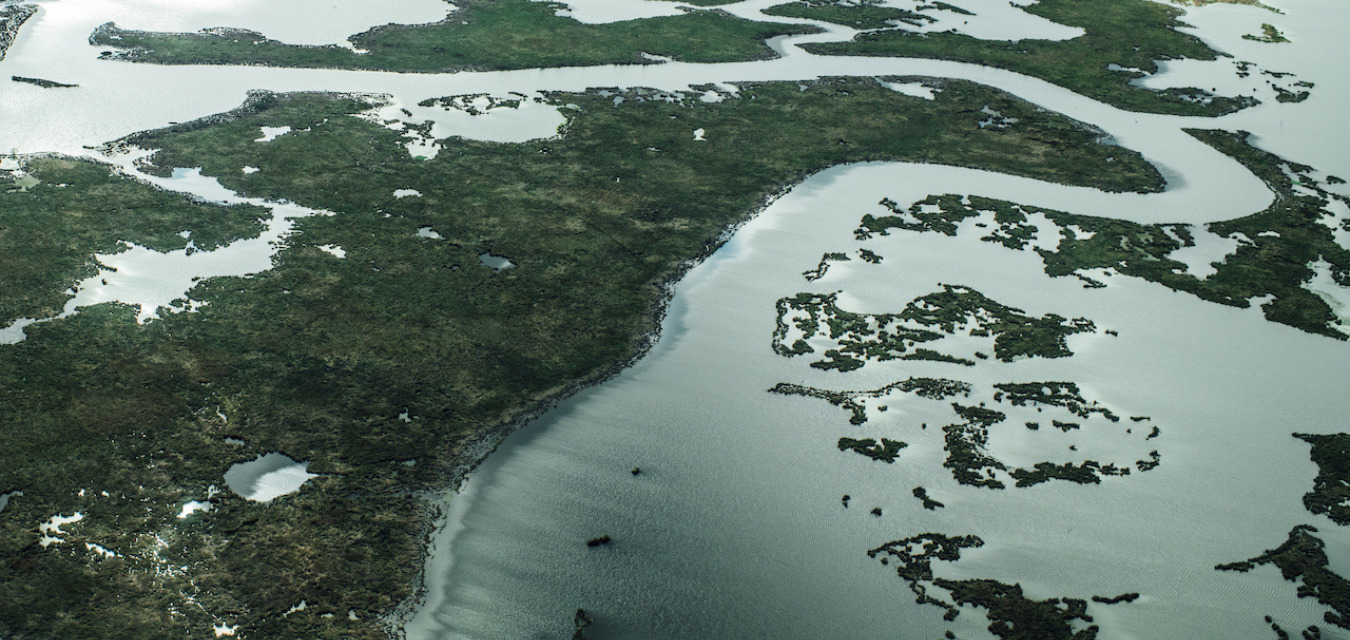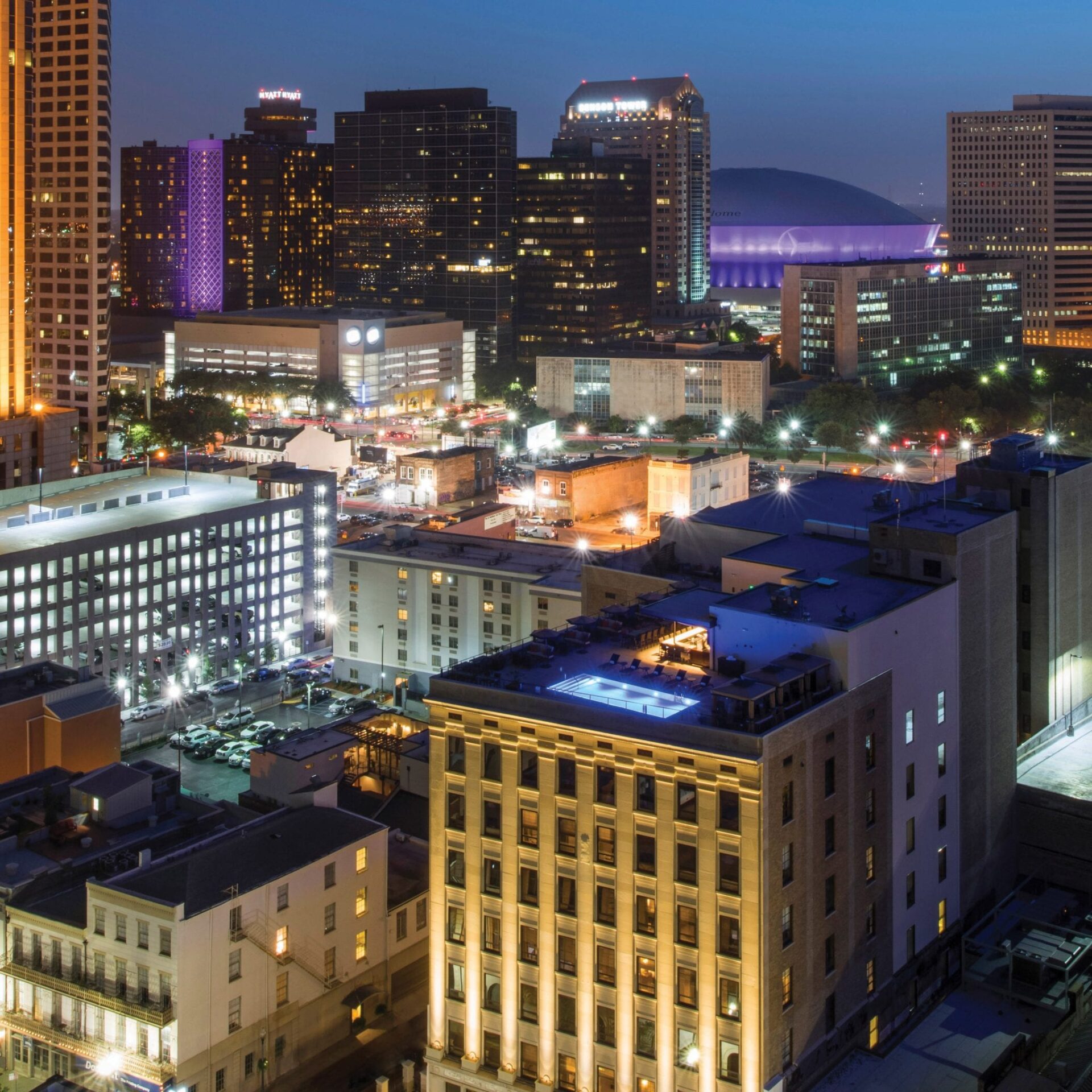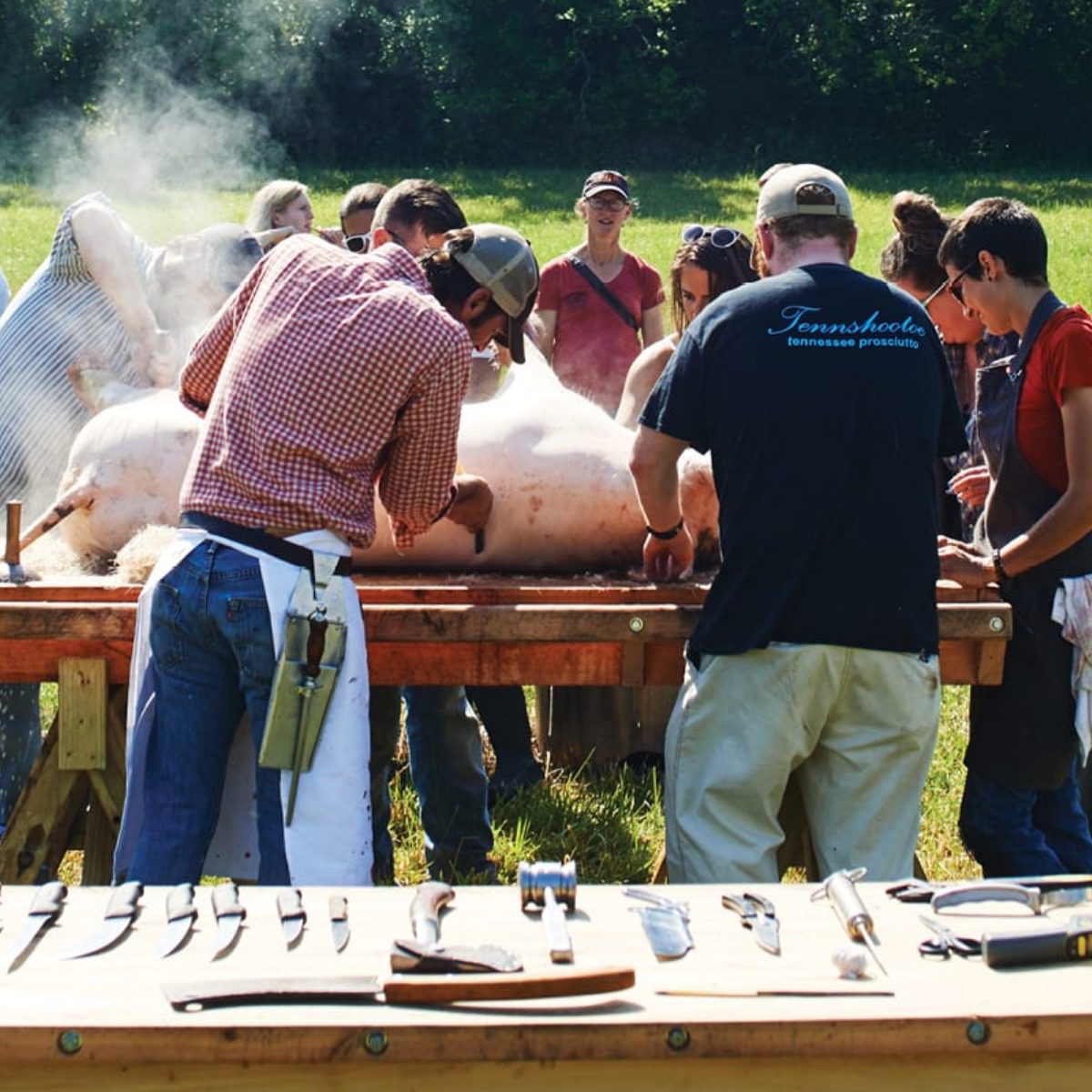As the state’s land-loss crisis threatens fish and fishermen, chefs are looking for what comes next for Louisiana’s bayou
The statistics have become so familiar they’re almost tiresome: Louisiana loses a football field’s worth of wetlands every hundred minutes; since the 1930s, a land mass the size of Delaware has disappeared. Over the next 40 years, if nothing is done, as much land could be lost again. It’s been called the worst environmental crisis in America, and it puts real pressure on New Orleans. These wetlands act as a buffer, sopping up the strength of incoming hurricanes. It’s all so gloomy that sometimes it’s easier to ignore. That’s what I did, at least, when I bought a house here.
I moved to New Orleans because of its culture—its food especially. But it occurs to me that the city’s long tradition of culinary excellence has always depended on the disappearance of Louisiana’s bayou. As I ate out, I met worried chefs. “You like eating shrimp?” Isaac Toups asked me when I visited one of his restaurants. “You like eating oysters? Better pay attention.”
So I did. As I settled into life in the city, I began to talk to chefs, then to scientists, to policymakers, to fishermen. The conversations weren’t always uplifting—they were often, as Toups put it, “f—ing depressing.” But they showed me, at least, that New Orleans’ dogged spirit lives on.
The Challenges Facing Louisiana’s Bayou
Louisiana’s coast was built by the Mississippi River, which jumped from channel to channel over thousands of years, leaving behind a labyrinth of mud. Then, three hundred years ago, the first levees were built, protecting new farms and towns. Eventually those levees completely confined the river, and with it, its mud. Without replenishment, the river-built wetlands began to sink.
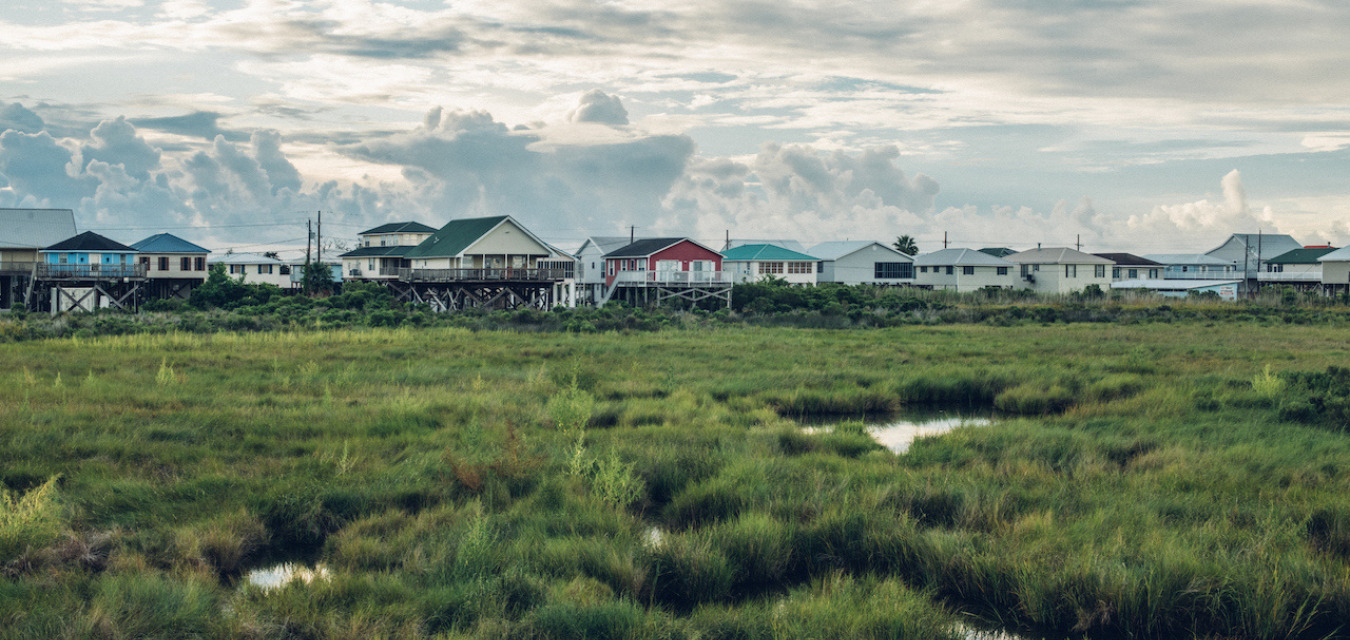
To that core problem, we’ve added complications: Oil and gas companies dredged canals, which inadvertently pull saltwater in from the Gulf, poisoning freshwater species. Now, climate change—driven, of course, by the burning of that very oil and gas—ensures that as the land is sinking, the seas are rising too.
The rich abundance of the Gulf of Mexico depends on a gradient of variously salty waters. The coastal wetlands shift from freshwater swamps to brackish estuaries to salty open sea. Many species we eat—brown shrimp, redfish, oysters—depend on this gradient for survival. So as the wetlands disappear, so too does essential habitat.
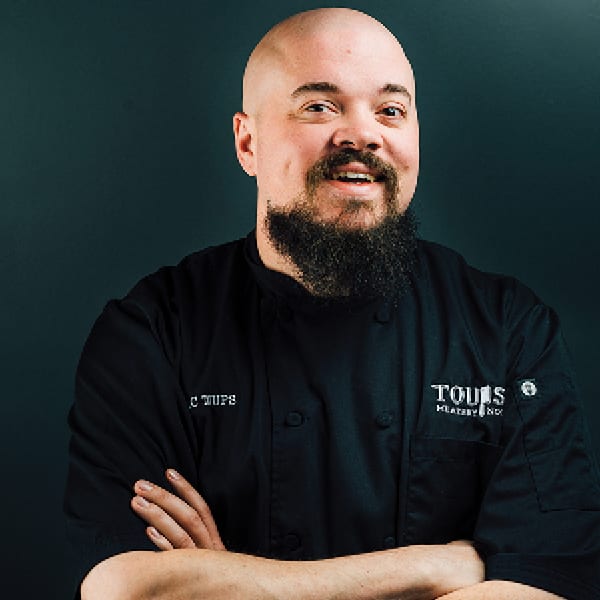
Toups, like almost all of the other chefs I spoke with for this story, has been prodded and educated by Restore the Mississippi River Delta, a coalition of environmental and conservation groups working to rebuild the coast around Louisiana’s bayou. They see chefs as potential allies and cheerleaders. As Toups says, “We’re considered rock stars, for some reason. I can’t imagine why. But I do have a voice.”
The chefs often serve as figureheads at fundraising dinners. In the spring, for example, I sampled a selection of wild-caught wetland game—mostly duck and boar—served pulled or smoked or stuffed in egg rolls. The “Cook-Off for the Coast,” as the event was called, made for a fine Saturday afternoon. On an old farm at the edge of the Mississippi, just downstream of the city, a band stomped through electrified Cajun tunes while sunshine trickled through a light layer of clouds. At one point, though, I glanced up to see an international tanker drift down the industrialized river. Partying in the face of apocalypse, I thought: a particular New Orleans specialty.
Melissa Martin, the chef behind Mosquito Supper Club, was one of the celebrity judges. We talked before the event, and she expressed some pessimism. She was not convinced her participation would change anyone’s opinion. And the direness of the situation called to her mind “The Second Coming,” the famous W.B. Yeats poem. “The blood-dimmed tide is loosed,” Yeats writes, “and everywhere / The ceremony of innocence is drowned.”
A Industry on the Line
Even more than the fish, it’s the fishermen she worries about. For decades, they’ve been struggling against foreign competition; land loss only adds to their economic woes. Martin grew up in Terrebonne Parish, which is losing land faster than anywhere else in the state. Her family still lives there; she buys her shrimp from her cousin. But she noted that when hurricane season revs up again late this summer, her hometown could be wiped from the map. Where would she source from then? “Everything I love could be gone,” she says.
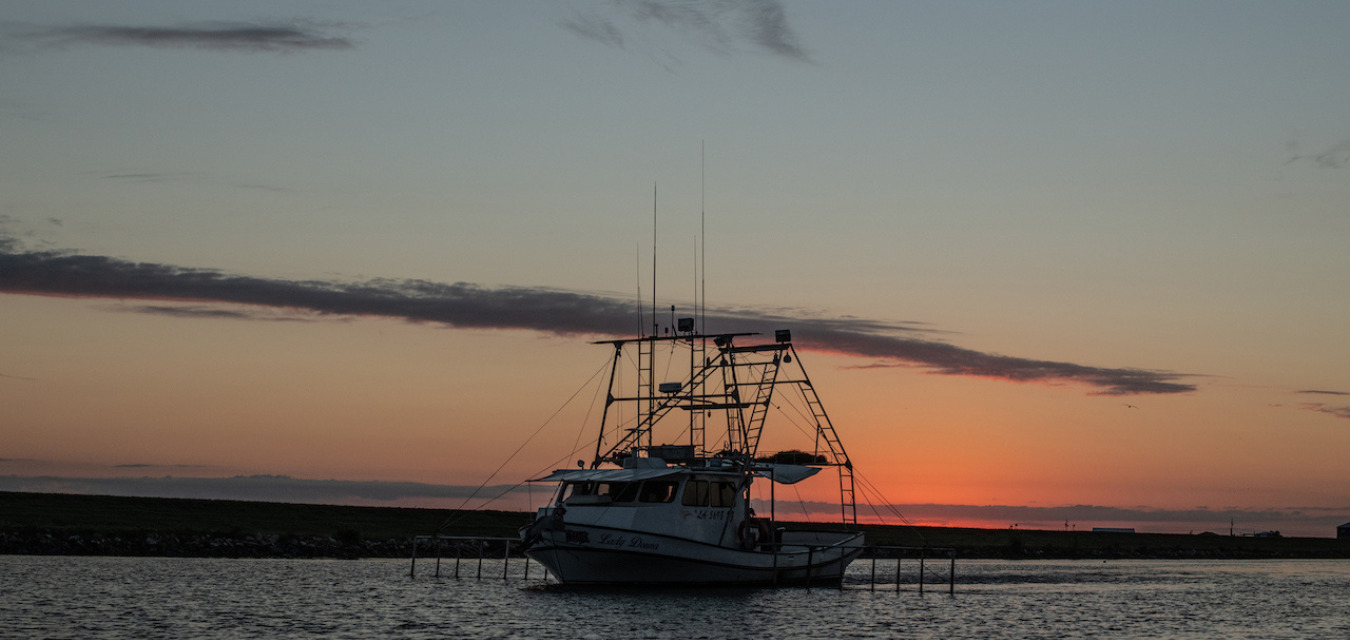
Against this apocalypse, Martin sees one clear answer: Speak with your money. Buy products that keep a dying industry afloat. Avoid those that don’t. She says she recently dined at a Thai restaurant—“delicious,” she remembers, but when she asked where the shrimp came from, the answer was India. She ordered tofu instead.
Other chefs have similar outlooks. Fundraising events are essential, the James Beard award-winning chef Ryan Prewitt says, but they also can feel “like fiddling while it burns.” However, Prewitt notes that restaurants are the conduit between this nation and the ocean. The vast majority of seafood consumed in America is eaten in restaurants—at least two-thirds, and likely far more. That creates responsibility, and also power. Restaurants can source in ways that support the struggling coast and educate consumers about it—or they can do what’s cheap and easy instead.
More and more seafood comes from an industrialized and globalized supply chain. Some 90 percent of the shrimp we eat, for example, is imported, mostly from Asian farms. Marcus Jacobs, the rising chef behind Marjie’s Grill, a new Southern-meets-Vietnamese restaurant, says he’s grown frustrated with how much of even Louisiana’s catch gets shipped to Atlanta or Florida for processing before coming home.
Fresh and high-quality fish is hard to find. “So I started to seek it out, you know—taking little road trips, and trying to meet people,” Jacobs says. He’s discussed the issue with other chefs—especially Dana Honn, the owner of Carmo, who also serves as co-chair for Slow Food New Orleans, an organization devoted to sustainable foodways, and with Kendall Dix, a former chef who now works for Healthy Gulf, a nonprofit that aims to protect local economic and natural resources. Together, they’ve built an ad hoc group—really just a text message chain—that connects chefs directly to fishermen. For the chefs, this means access to better ingredients. For the fishermen, it means better prices than they’d get selling to wholesalers at the dock.
A Fisherman’s Solution on Louisiana’s Coastline
Almost every chef I talked to about land loss mentioned Lance Nacio. He is one of Jacobs’ main suppliers and acts as a liaison, connecting other fishermen with the chefs. He is also one of most forward-thinking fishermen on the coast, trying to find a way out of the morass. He’s invested in plate-freezers and saltwater refrigerators that allow his boat to stay out longer while preserving the quality of his catch. Two years ago, he bought a second boat, expanding from just shrimp to fish. And not just big-name fish like snapper and grouper, but amberjack and sheepshead—anything, really, that chefs might buy.
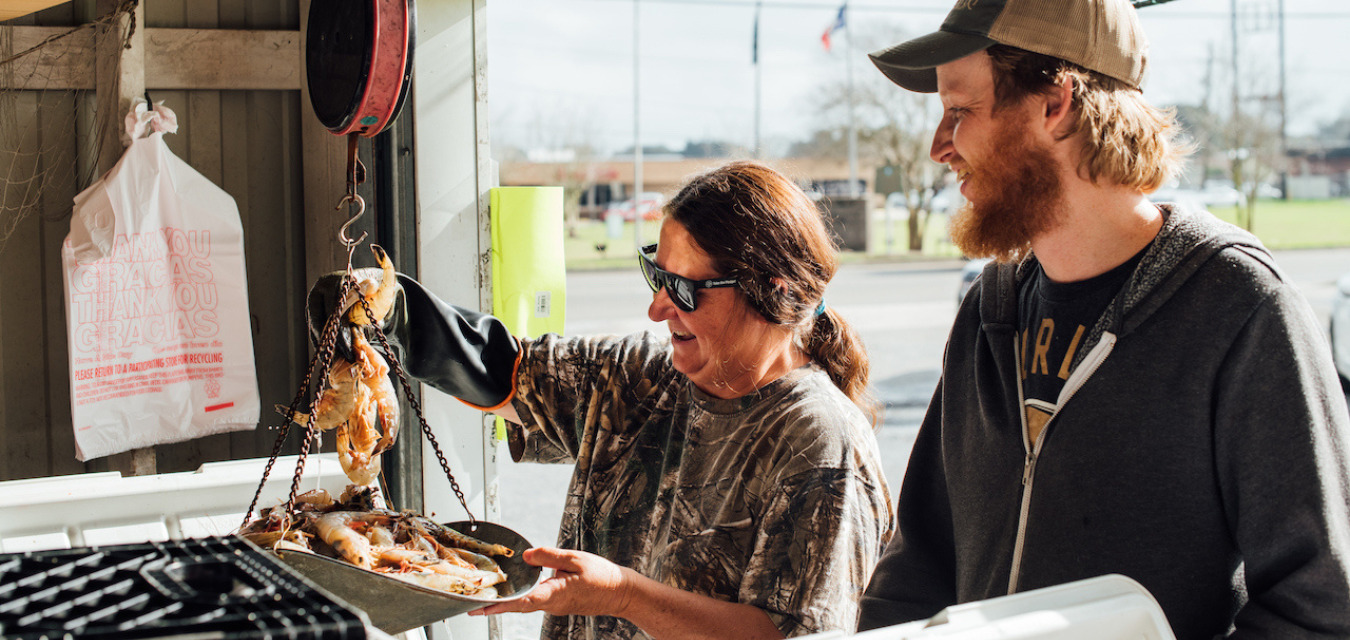
And Jacobs is buying plenty. He gets excited, he says, when he gets a list of fish he’s never heard of. It’s a chance to explore and learn. “It’s all good,” he says. “I haven’t had one fresh-catch fish out of the Gulf where I’m like, ‘That’s low quality.’”
For Nacio, meanwhile, expansion into new fisheries is a matter of survival in Louisiana’s bayou. “I wouldn’t be a fisherman if I wasn’t so diverse,” Nacio tells me when I visit his home in Terrebonne Parish. It makes for hard work, though. As we chat, Nacio repairs his shrimp boat, then preps a crew to launch the fish boat, then smokes fish he’ll sell at farmers markets. We are constantly interrupted by phone calls.
“I don’t want to commit to that,” he tells one caller. Then he launches into a quick seminar on the crisis, explaining why it would be impossible to deliver the requested quantity of shrimp: the levees, the gas-company canals. He also blames a new hurricane-protection system built near his house; its levees cut through an estuary, altering the salinity of the water. He’s catching less shrimp, he tells the caller, before concluding with a dire warning: “It’s only going to get worse.”
Still, Nacio says, he’s cautiously optimistic. There will be a difficult transition, but fishermen will learn to adapt to the changing seas.
Later, I ask a geographer about Nacio’s theory. Could the hurricane levee impact the shrimp? Unclear, but likely yes, I’m told. It’s a difficult truth: What saves the coast often hurts its fishermen. The state’s “master plan” to fight land loss in Louisiana’s bayou includes the construction of “diversions,” systems that send the Mississippi River’s water and mud out into the marshes. These are by far the most efficient way to build new land—and most of the chefs I spoke to support them—but they will also spell trouble for fishermen. The water salinity will change; the fish will move.
A week after I visited Nacio, I finagled my way onto a seaplane to tour the airspace above some of the already-completed diversions. In the other seats were chefs who have been enlisted as potential advocates for the cause. Steve Cochran, the director of Restore the Mississippi River Delta, pointed out new trees growing where the diversions have produced fresh marsh. Four or five years ago, he says, his narration would have been far more grim.
Hope for Louisiana’s Bayou Lies in Restaurants
After we landed, the chefs seemed optimistic. Certainly, the view from the plane was beautiful. The marshes were patterned with intricate lines, pathways forged by deer; above the sparkling water, pelicans pulsed their wings. But it struck me that it is a place built for these creatures, and not for us. This landscape needs flood and flow to persist. We didn’t know that 300 years ago, when the first French settlers came here, but we do now. No one will live in the new wetlands we’re building. Even if the entire master plan is implemented, it won’t be able to keep up with rising seas. As we circled back toward New Orleans, I saw how it was surrounded by water, besieged by its ecological past, by its inevitable future. A foolish place, and also my favorite place—my home. This city is a terribly beautiful mistake.
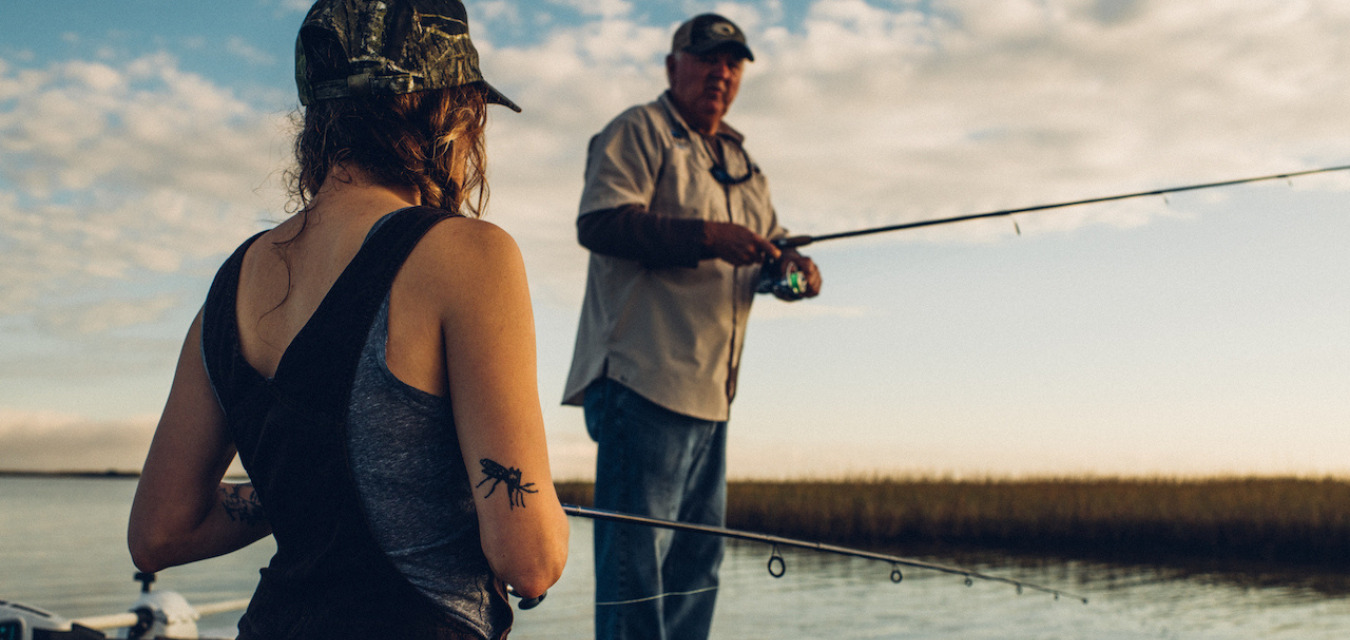
Ever since those Frenchmen arrived, New Orleans has been trying to figure out how to survive. Its answers include the wail of jazz and the stubborn, buoyant glee of Mardi Gras. Fiddling while it burns: That, really, has been the history of this city, the great gift New Orleans has given to the world. It’s a gift that includes the local cuisine—distinct, instantly recognizable, but also ever-changing. Over the centuries, new immigrant groups—German, Vietnamese, Mexican—have added to the gumbo. Technological advances like outboard motors have carried new fish to the plate. Always, though, it has been a cuisine that emphasized fresh and local ingredients. Now, if we want to keep that emphasis, we’re going to have to change again.
We need to ask more questions at restaurants. We need to spend our money on local fish, and on local fishermen. And while land loss is grim, climate change is far worse. It’s an existential threat to Louisiana and all of America. To stop the seas from rising, we’ll need to change our food and energy systems entirely.
It’s hard work, and the obstacles are real. “I could get on a megaphone on top of the Superdome butt-naked and start screaming,” Toups says, and still he’d be drowned out by the power and money of oil companies. Nonetheless, he believes we can turn things around. If eating well—knowing the provenance of our ingredients, discovering new foods, sustaining old traditions—helps make a difference, I’m all for that. That’s not gloomy at all. It’s a pleasure. Call it one more party before we go.
Keep Reading
On the Road
Down the Mississippi Delta Back Roads
Take a trip through the Mississippi Delta on Highway 1. Though hidden, there are […]
On the Road
A Crescent City Icon, Reimagined
NOPSI houses three bars, each with a distinctive focus and feel (this is New […]
In the Field
Honoring the Fall Tradition of the Cajun Boucherie
Deeply rooted in Cajun and Creole communities, the historic tradition of autumn boucheries remains […]
share
trending content
-
New Restaurants in Arkansas
-
Shrimp and Grits: A History
by Erin Byers Murray -
Tea Cakes, A Brief History
by TLP Editors -
Gullah Geechee Home Cooking
by Erin Byers Murray -
A Cajun Christmas Menu
by TLP Editors
More From In the Field
-
From Pop-Up To Brick-and-Mortar
-
The Return of the Lynnhaven Oyster | Listen
-
What’s On the Horizon for 2024
-
Sorelle: La Dolce Vita in Vogue
-
Keya and Co. Turning Sadness into Sugar





